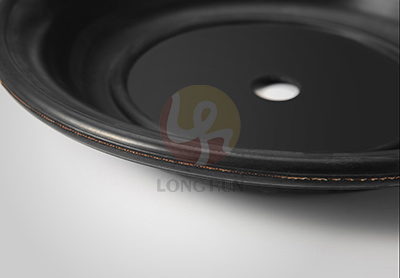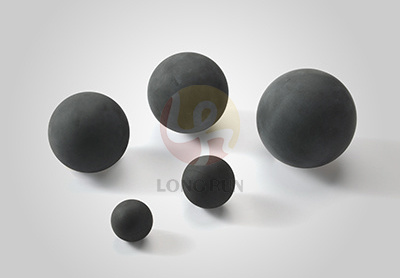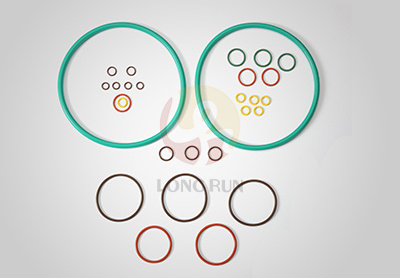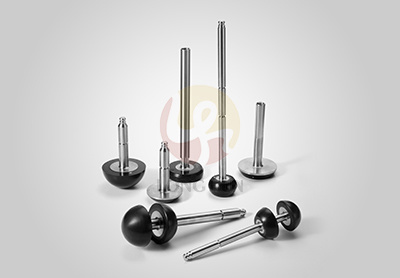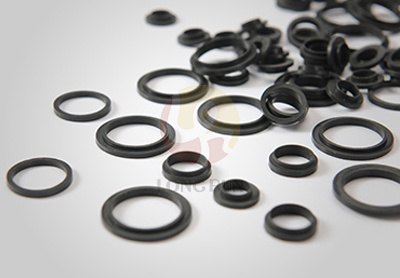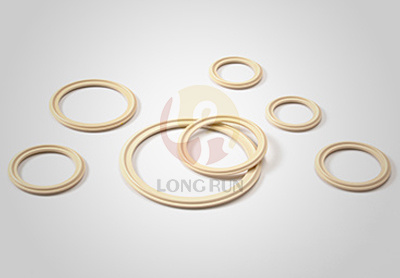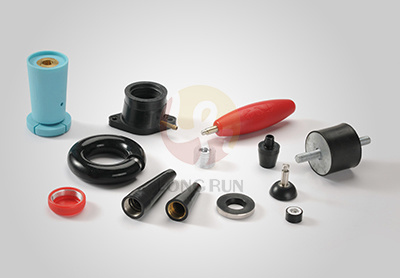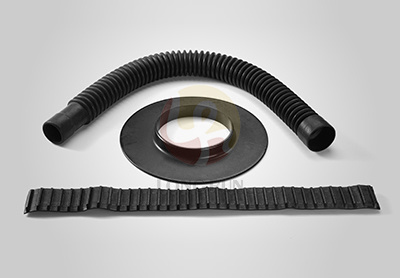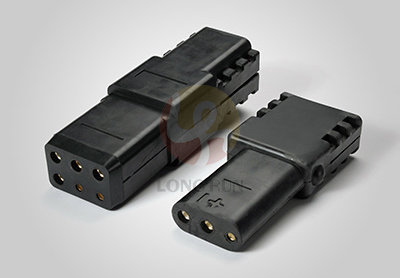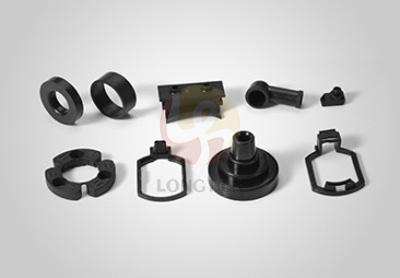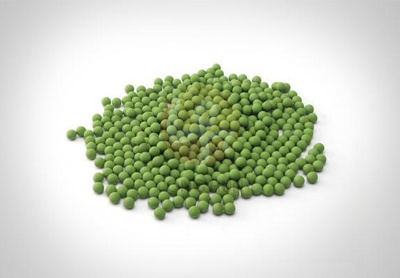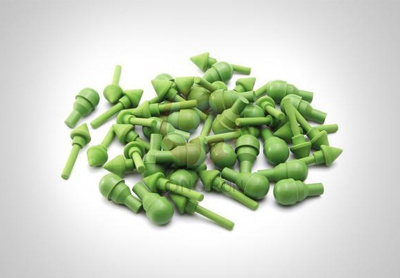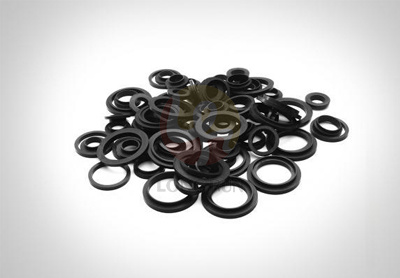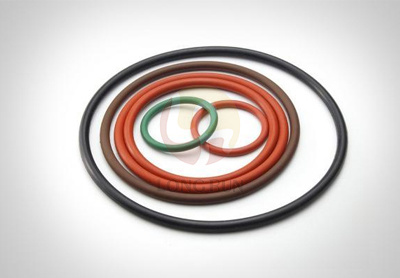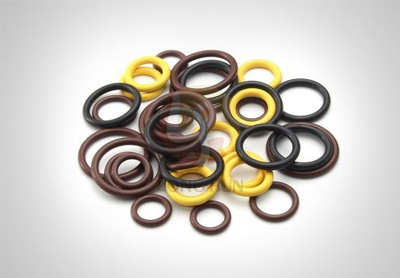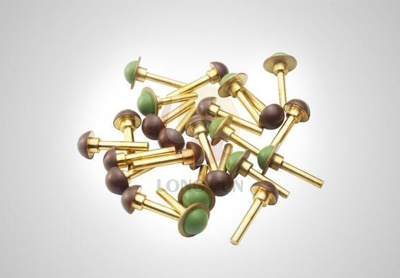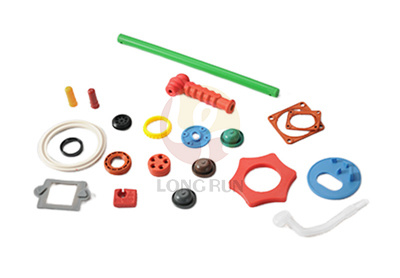Advanced Rubber Bellows Engineered for Demanding Sealing and Protection Roles
In the realm of precision engineering and mechanical systems, the Rubber Bellows has evolved from a simple protective cover into a critical, high-performance component. Modern industrial applications demand more from these flexible seals, driving continuous innovation in their design, material science, and manufacturing processes. A high-quality Rubber Bellows is specifically engineered to perform three core functions: excluding contaminants, accommodating movement and misalignment, and containing media.
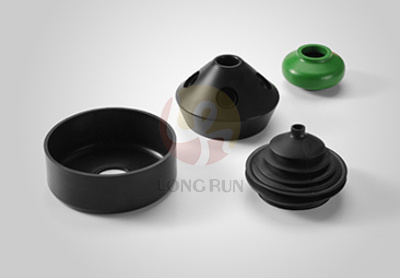
The fundamental role of a Rubber Bellows is to safeguard sensitive mechanical assemblies. In automotive steering and drive systems, for instance, the Rubber Bellows acts as a robust shield against dirt, gravel, moisture, and salt, significantly extending the service life of CV joints and tie-rod ends. Its inherent flexibility allows it to withstand constant angular and axial movements without cracking or losing its protective integrity. Furthermore, it helps in reducing noise, vibration, and harshness (NVH), contributing to a quieter vehicle operation.
The application range for these components is vast and varied. Within industrial automation, Rubber Bellows are indispensable on linear guides, ball screws, and the articulation points of robotic arms. In these precision environments, they prevent ingress of metal chips, abrasive dust, and cutting fluids, which are primary causes of premature bearing failure and accuracy loss. The pharmaceutical and food processing industries utilize specialized Rubber Bellows crafted from FDA-compliant compounds on mixing equipment and filling machines, ensuring both protection and hygienic compliance. Another critical sector is aerospace and defense, where custom-designed Rubber Bellows must perform reliably under extreme temperature fluctuations and pressure differentials.
Material advancement is pivotal to this component's capability. Today's Rubber Bellows are manufactured from a wide array of elastomers, each selected for specific operational challenges. These include Nitrile Rubber (NBR) for excellent oil resistance, Ethylene Propylene Diene Monomer (EPDM) for superior weather and ozone resistance, Silicone for extreme temperature stability, and Fluoroelastomer (FKM) for aggressive chemicals and high heat. Advanced manufacturing techniques, such as injection molding and compression molding, allow for the production of complex geometries with reinforced roots and custom flanges, enhancing durability and ease of installation. As machinery becomes more advanced and operating conditions more severe, the engineered Rubber Bellows remains a fundamental element for ensuring system reliability, safety, and longevity across global industries.
Prev:
Next:
Related News
Advanced Rubber Bellows Engineered for Demanding Sealing and Protection Roles
In the realm of precision engineering and mechanical systems, the Rubber Bellows has evolved from a simple protective cover into a critical, high-performance component. Modern industrial applications demand more from these flexible seals, driving continuous innovation in their design, material science, and manufacturing processes.
Oct 15,2025
Precautions for the Use of Rubber Sealing Rings
Precautions for the Use of Rubber Sealing Rings
Jul 16,2025

